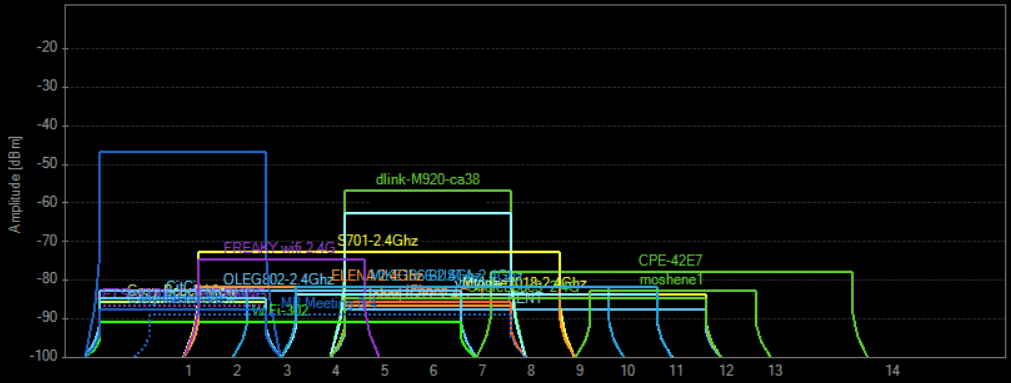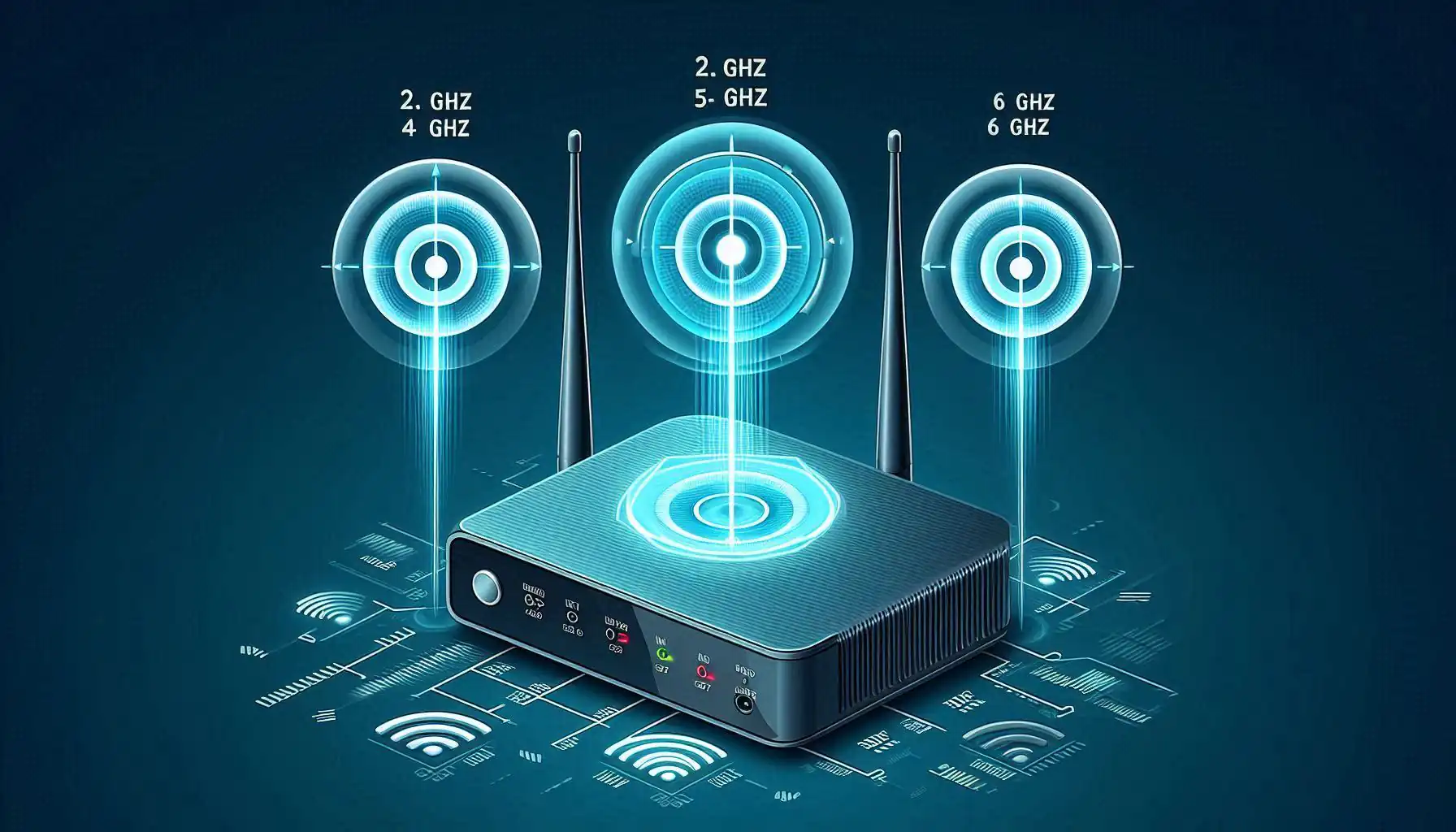Things are changing again in the world of 802.11 wireless networking standards.
A new, higher frequency band (6 GHz) is now available that will increase transfer speeds and lessen congestion in locations where there are many Wi-Fi networks and access points all running at the same time.
History of Wi-Fi Frequencies
2.4 GHz (802.11b/g/n) – WiFi4
- First Released: The 2.4 GHz band became prominent with the release of the 802.11b standard in 1999.
- The 802.11g standard, also using 2.4 GHz, was introduced in 2003, and 802.11n, which could operate on both 2.4 GHz and 5 GHz, was released in 2009.
5 GHz (802.11a/n/ac)– WiFi5
- First Released: The 5 GHz band was introduced with the 802.11a standard in 1999.
- It became more widely used with the release of 802.11n in 2009 and became mainstream with the 802.11ac standard in 2013.
6 GHz (802.11ax/Wi-Fi 6E)
- First Released: The 6 GHz band was introduced with the 802.11ax standard, also known as Wi-Fi 6E, which was officially released in 2020. It will also be used in the newest WiFi7 standard which is due to be made official in late 2024.
Frequency Bands
Dual-band routers feature two frequency bands: 2.4 GHz and 5 GHz. The 2.4 GHz band offers wider coverage but slower speeds, making it suitable for basic activities like web browsing and email. The 5 GHz band, on the other hand, provides faster speeds and is less congested, making it ideal for tasks that require higher bandwidth like video streaming or gaming.

Tri-band routers add an additional 5 GHz band. This setup can handle more devices simultaneously without congestion, making it a great choice for households with multiple users who frequently stream or game online. The extra band helps in distributing the load, reducing interference and ensuring a smoother connection.
Quad-band routers go a step further by introducing an additional 6 GHz band, alongside the existing 2.4 GHz and two 5 GHz bands. This latest addition, mainly found in Wi-Fi 6E and Wi-Fi 7 routers, provides ultra-high-speed connectivity and is designed to support the growing number of devices and demanding applications in modern smart homes.
In summary, if your household has a few devices and modest network demands, a dual-band router may suffice. For larger households with heavy internet usage, tri-band or quad-band routers will offer better performance and future-proof your network for upcoming advancements in Wi-Fi technology.


